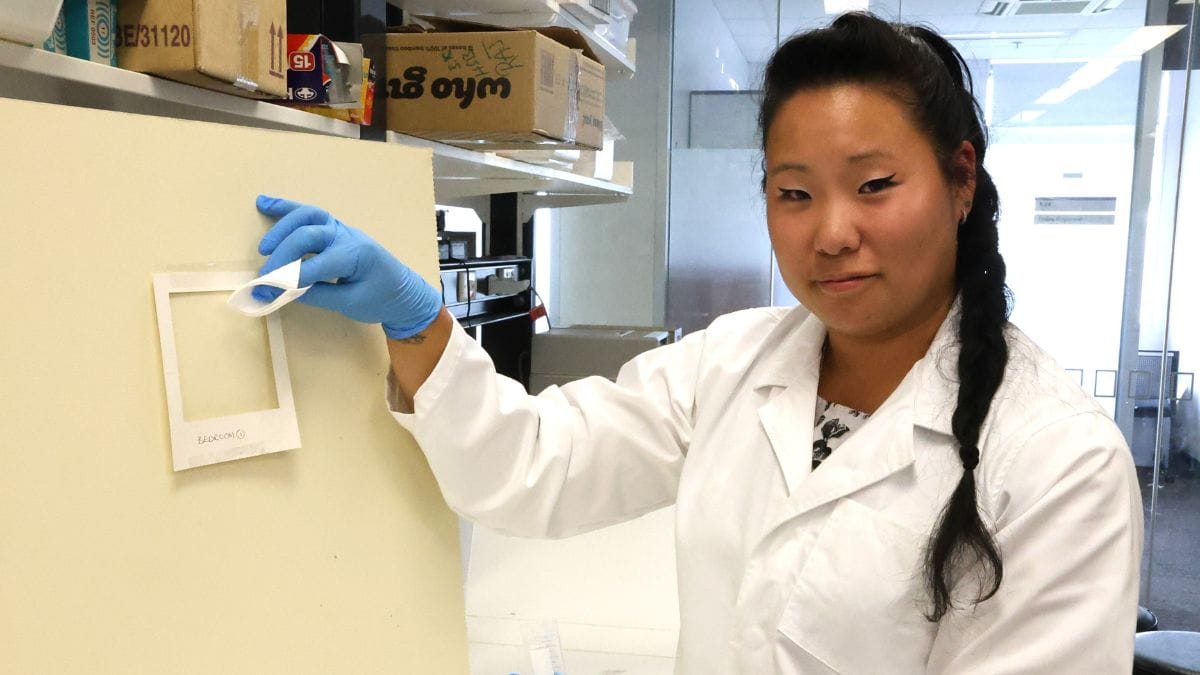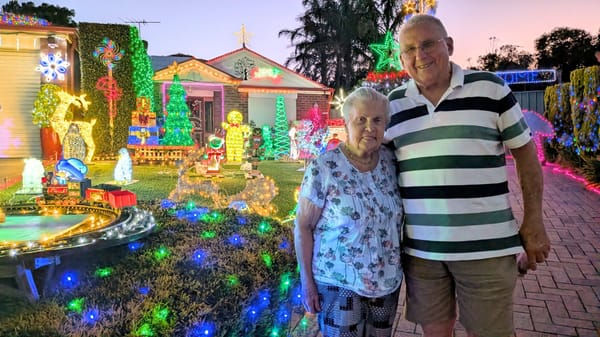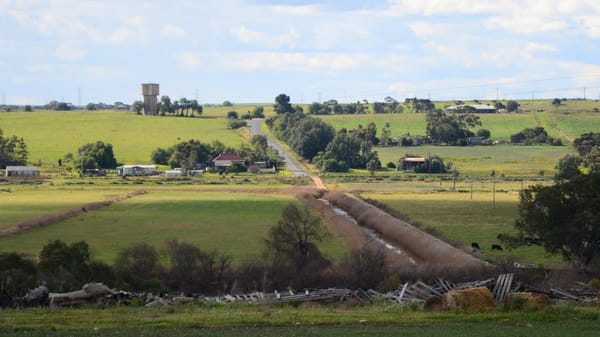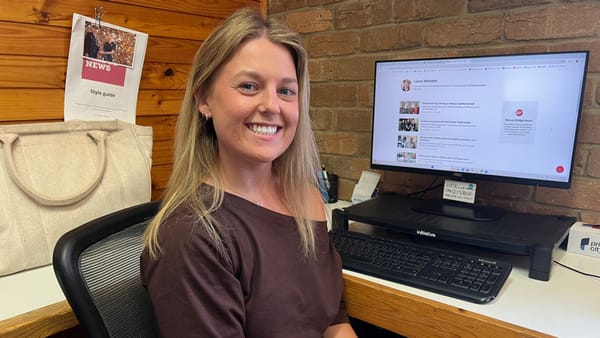What should I do if I suspect my house has been used as a drug lab?
The Murray Bridge council has not dealt with any contaminated properties since 2012, and none has been detected at Tailem Bend since 2021. But just in case...

Fewer than 10 per cent of cases of suspected methamphetamine contamination in homes are reported, according to a recent study from the Flinders University.
The study raised concerns about health and safety regulations in the community, especially as buyers and renters become more willing to accept unsafe houses due to the current shortage.
Clandestine laboratories are used for the manufacture of illicit drugs.
There are many health risks posed by the materials and methods used and widespread chemical contamination can occur.
In 2021 a Tailem Bend man was arrested after police reportedly found a disused drug laboratory near the town.
Coorong council CEO Bridget Mather said the Coorong District Council had only been involved in one report of an abandoned clandestine drug lab in recent years, in 2023.
“In that instance, council followed the advice of SA Health ... (who) also provide advice for new owners moving into a house previously used as a clandestine drug lab,” Ms Mather said.
Murray Bridge has not had any clan drug labs reported since 2012.
A Rural City of Murray Bridge spokesperson said that flagging properties gave prospective buyers awareness of any potential ongoing health risks associated with a property.
“The Housing Safety Authority will place the property on (a) substandard properties register and may also take formal action to prevent the occupation of the premises until it is deemed safe,” the spokesperson said.
Flinders University environmental health lecturer Emma Kuhn said that local councils were responsible for managing and responding to public enquiries when clandestine drug laboratories were found.
However, only an estimated one in 10 clan laboratories were discovered or detected by police.
“Our study of (environmental health officers) from around Australia found infrequent enquiries from the public, with only 6% of respondents receiving enquiries in the past month,” she said.
Many people who tried to find information reported having difficulty contacting reliable testing and decontamination companies, she said.
“Our research highlights the need for a national approach for EHOs and health protection departments to assist in managing methamphetamine-contaminated properties,” she said.
The best thing to do on discovering a clan lab is to immediately contact police so they can use appropriate protocols to handle equipment.
SA Police dismantled 54 clandestine labs in 2022-23.
- Report suspected methamphetamine contamination: Call 131 444 or, in an emergency, 000.
- More information: Visit www.sahealth.sa.gov.au, email HealthProtectionPrograms@sa.gov.au or contact your local council.
Stories create community. Help Murray Bridge News tell our community’s stories.





